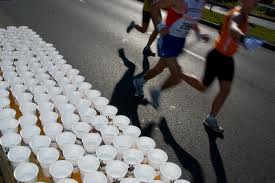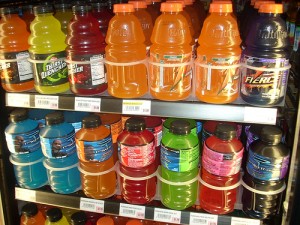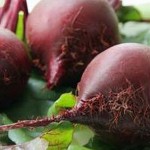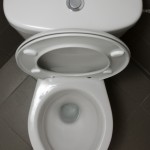 Do you know how much fluid you should drink while exercising?
Do you know how much fluid you should drink while exercising?
Appropriate hydration during exercise is important. For years, the emphasis was on drinking enough fluid during training to prevent problems such as heatstroke. Recently, more attention has been given to over-hydration and now people come to me with fears of water intoxication or dilutional hyponatremia. There is a lot of confusion about the appropriate amount of water to consume during exercise but the following
technique can help you develop a personalized hydration plan.
First, jump onto a digital scale immediately before an hour long bout of exercise. At the end of the workout, take your weight again, using the same scale. Also record the amount of fluid consumed. Both weights should be the same if your hydration was appropriate. Weight gain indicates that too much fluid was consumed. Weight loss indicates dehydration and the need to increase your fluid intake during exercise. Each pound of
weight loss is equivalent to 16 ounces of sweat that was not replaced. To increase the accuracy of your hydration plan, repeat this test in various weather conditions and through a range of temperatures. This is especially important if you train outside.
Example: A runner who weighed 180 pounds before an hour long run weighed 179 pounds after the run. During the run, he drank 10 ounces of water. He had a total sweat loss of 26 ounces and should drink an additional 16 ounces of fluid the next time he trains.



 Coconut water, the clear juice found inside young coconuts, is one of the latest American health crazes. Should everyone be drinking it?
Coconut water, the clear juice found inside young coconuts, is one of the latest American health crazes. Should everyone be drinking it?
